All Science
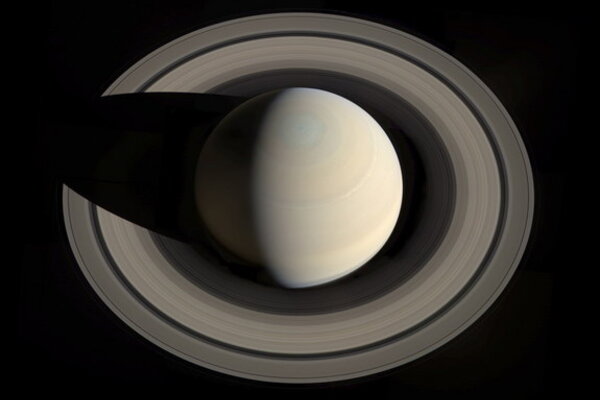 Cassini captures stunning mosaic of Saturn
Cassini captures stunning mosaic of SaturnAn amateur astronomer has stitched together 36 images snapped by NASA's Cassini space probe to produce a spectacular image of Saturn and its rings.
 Meteor that bombed Russia left telltale tracks seen from space
Meteor that bombed Russia left telltale tracks seen from spaceFinding the trajectory and orbit of meteors like the one that rocked Chelyabinsk, Russia, in February could help scientists predict other impacts, and weather satellites could help.
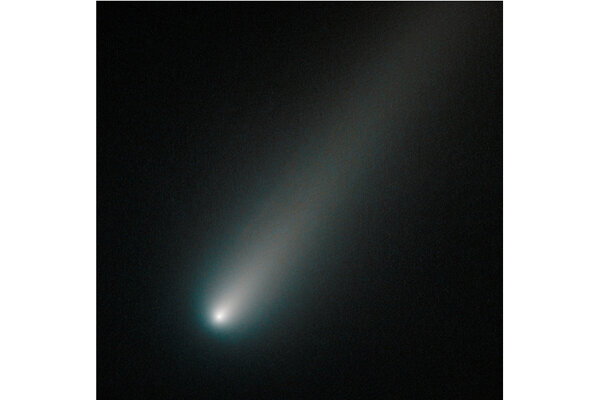 Is Comet ISON breaking apart?
Is Comet ISON breaking apart?A Hubble snapshot from earlier this month shows that Comet ISON is holding together as it heads toward its close encounter with the sun.
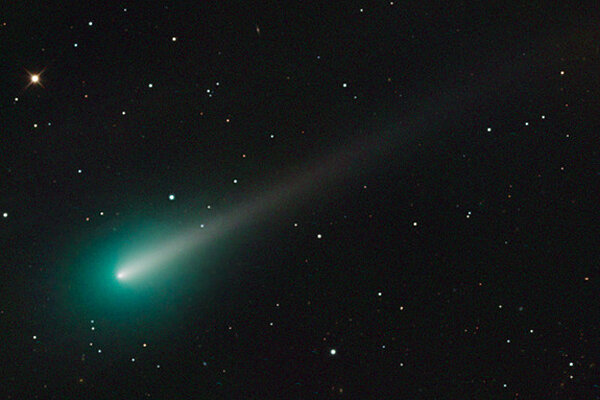 Photographer snaps amazing photo of Comet ISON
Photographer snaps amazing photo of Comet ISONAstrophotographer Adam Block captured this shot of Comet ISON as it hurtled toward the sun.
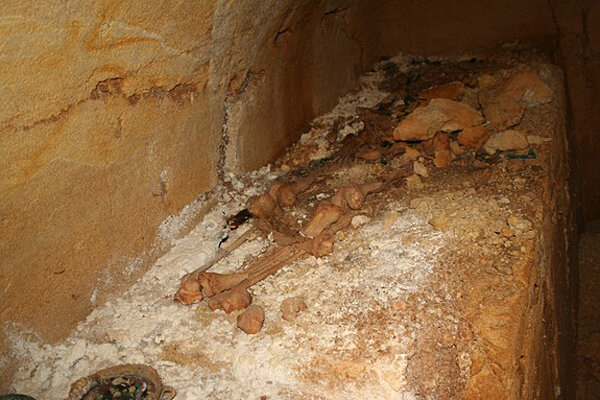 Etruscan warrior prince actually a warrior princess, archaeologists say
Etruscan warrior prince actually a warrior princess, archaeologists sayLast month's discovery of a sealed 6th century BC tomb in Italy's Tuscany region continues to offer surprises: An analysis of the bones of what is thought to have been a warrior reveals that they belonged to a woman.
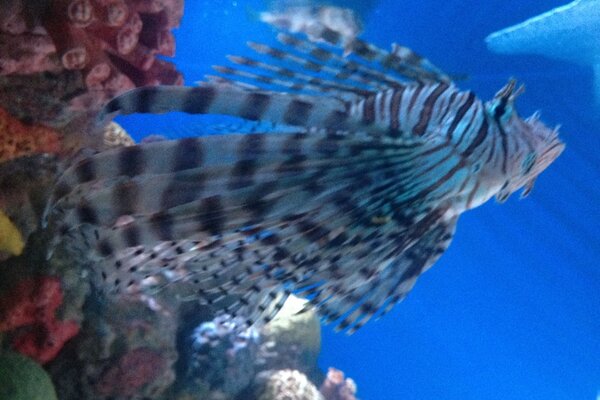 Lionfish invasion: An unabated siege of the Atlantic
Lionfish invasion: An unabated siege of the AtlanticLionfish invasion:The venomous lionfish is continuing its invasion of the Atlantic, despite broad efforts to fish out the species. A single female lionfish can plunk down 2 million eggs per year.
 California oarfish: Second 'serpent' washes ashore, baffles scientists
California oarfish: Second 'serpent' washes ashore, baffles scientistsCalifornia oarfish: A second oarfish was found on the California coast, just a week after a first humongous oarfish had been found on the state's beaches.
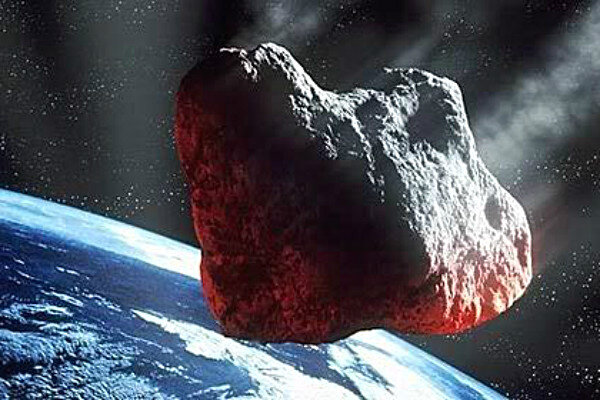 'Asteroid 2032:' Will 2013 TV135 crash into Earth in 2032? Probably not.
'Asteroid 2032:' Will 2013 TV135 crash into Earth in 2032? Probably not.This near-Earth asteroid has a 1 in 49,000 chance of hitting us in 2032, says NASA. Of course, that's based on just one week of data out of a 4-year orbit, so don't start digging your bunker yet.
 Latest Curiosity feat: confirmation that Mars sent meteorite group to Earth
Latest Curiosity feat: confirmation that Mars sent meteorite group to EarthThat's the conclusion of a research team studying measurements from the Mars rover Curiosity. Those measurements also indicate that the planet has lost at least half its atmosphere over the past 4 billion years, the team says.
 Abominable Snowman actually a bear? A geneticist makes the case.
Abominable Snowman actually a bear? A geneticist makes the case.Abominable Snowman: Using DNA samples from purported yeti pelts, a British geneticist has suggested that the mythical apelike beast is actually a heretofore undiscovered species of bear.
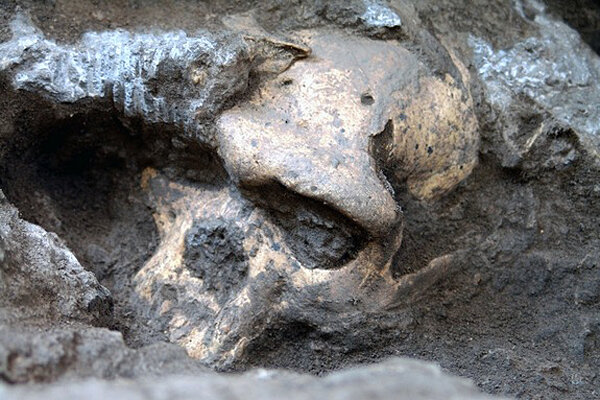 How a fossil discovery could simplify humankind's family tree
How a fossil discovery could simplify humankind's family treeA skull unearthed in the Republic of Georgia suggests that human fossils from about 2 million years ago could all belong to a single species and not multiple lineages as earlier research has indicated.
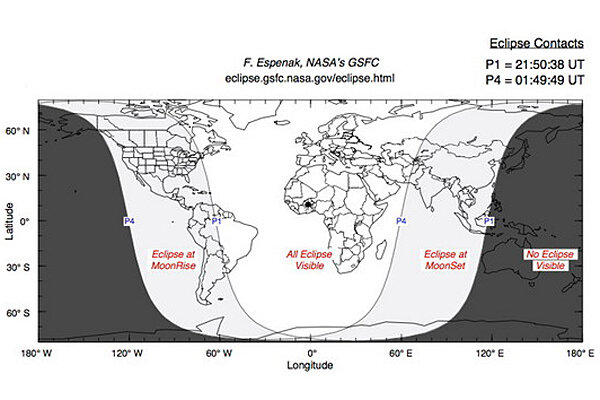 Lunar eclipse: How to view it
Lunar eclipse: How to view itLunar eclipse: The moon will pass into the edge of the Earth's shadow on Friday night. Here's how to watch it.
 Tilted planetary system throws planet-formation theories for a loop
Tilted planetary system throws planet-formation theories for a loopScientists have identified a system of exoplanets that are arranged at a tilt to their home star in a find that upends planet formation theories.
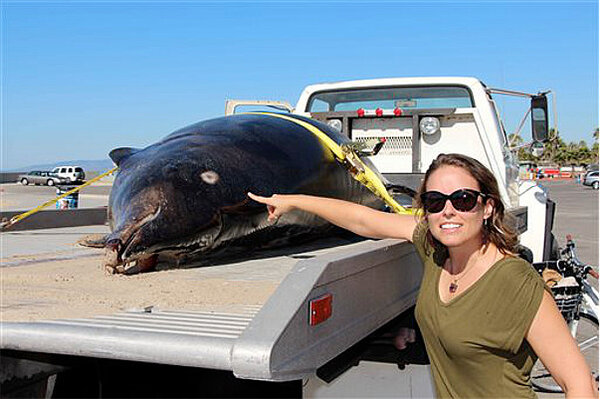 Saber-toothed whale? 15-foot-long Stejneger's beaked whale found dead.
Saber-toothed whale? 15-foot-long Stejneger's beaked whale found dead.Saber-toothed whale? Not exactly. Male Stejneger's beaked whales have saber teeth that stick up from the lower jaw, but females – like the one that washed ashore – have their teeth hidden in their gums.
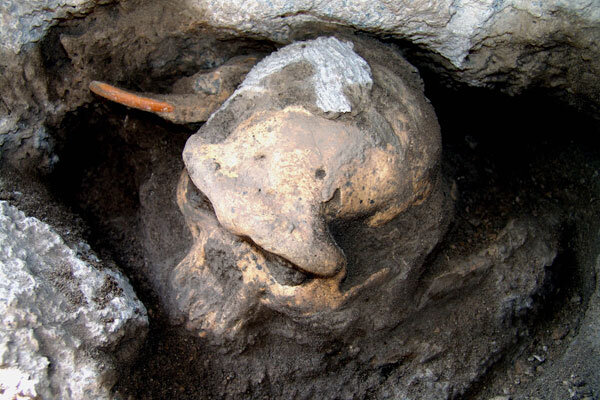 Remarkable skull hints at dramatically simpler view of human evolution
Remarkable skull hints at dramatically simpler view of human evolutionA 1.8-million-year-old skull suggests that several species of early humans might not be different species at all, meaning the tree of human evolution might have fewer branches than previously thought.
 Penumbral lunar eclipse Friday: So what's a penumbral eclipse, anyway?
Penumbral lunar eclipse Friday: So what's a penumbral eclipse, anyway?Penumbral lunar eclipse: On Friday, October 18, the moon will pass through the edge of Earth's shadow, resulting in a 'penumbral eclipse.' It's a subtle effect, and won't be visible in much of North America.
 Yeti bear: Yetis are real – but not magical, says British geneticist
Yeti bear: Yetis are real – but not magical, says British geneticistYeti bear: If a British geneticist is right, the beasts called yetis are in fact a peculiar bear species in the Himalayas.
 Caltech star survey plots two cosmic explosions
Caltech star survey plots two cosmic explosionsTwo new papers based on star survey data highlight the tremendous capabilities of modern astronomical survey technologies.
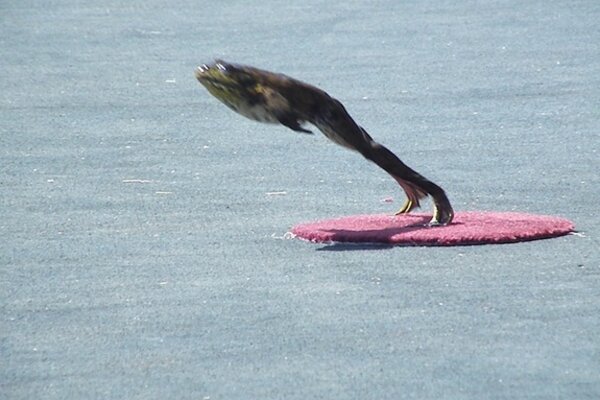 County fair bullfrogs are better jumpers: Why?
County fair bullfrogs are better jumpers: Why?Bullfrogs jumping at a county fair leap much higher than do bullfrogs in a lab, calling into question how animals' muscle physiology is researched.
 Oreos addictive? Rats treat Oreos like cocaine, study suggests.
Oreos addictive? Rats treat Oreos like cocaine, study suggests.Oreos addictive: Undergraduate researchers at Connecticut College found that rats respond to Oreo cookies much like they respond to cocaine and morphine.























